Christos G. Cassandras - Introduction to Discrete Event Systems
Here you can read online Christos G. Cassandras - Introduction to Discrete Event Systems full text of the book (entire story) in english for free. Download pdf and epub, get meaning, cover and reviews about this ebook. year: 2021, publisher: Springer, genre: Computer. Description of the work, (preface) as well as reviews are available. Best literature library LitArk.com created for fans of good reading and offers a wide selection of genres:
Romance novel
Science fiction
Adventure
Detective
Science
History
Home and family
Prose
Art
Politics
Computer
Non-fiction
Religion
Business
Children
Humor
Choose a favorite category and find really read worthwhile books. Enjoy immersion in the world of imagination, feel the emotions of the characters or learn something new for yourself, make an fascinating discovery.
- Book:Introduction to Discrete Event Systems
- Author:
- Publisher:Springer
- Genre:
- Year:2021
- Rating:5 / 5
- Favourites:Add to favourites
- Your mark:
Introduction to Discrete Event Systems: summary, description and annotation
We offer to read an annotation, description, summary or preface (depends on what the author of the book "Introduction to Discrete Event Systems" wrote himself). If you haven't found the necessary information about the book — write in the comments, we will try to find it.
This unique textbook comprehensively introduces the field of discrete event systems, offering a breadth of coverage that makes the material accessible to readers of varied backgrounds. The book emphasizes a unified modeling framework that transcends specific application areas, linking the following topics in a coherent manner: language and automata theory, supervisory control, Petri net theory, Markov chains and queueing theory, discrete-event simulation, and concurrent estimation techniques.
Topics and features:
- detailed treatment of automata and language theory in the context of discrete event systems, including application to state estimation and diagnosis
- comprehensive coverage of centralized and decentralized supervisory control of partially-observed systems
- timed models, including timed automata and hybrid automata
- stochastic models for discrete event systems and controlled Markov chains
- discrete event simulation
- an introduction to stochastic hybrid systems sensitivity analysis and optimization of discrete event and hybrid systems
- new in the third edition: opacity properties, enhanced coverage of supervisory control, overview of latest software tools
This proven textbook is essential to advanced-level students and researchers in a variety of disciplines where the study of discrete event systems is relevant: control, communications, computer engineering, computer science, manufacturing engineering, transportation networks, operations research, and industrial engineering.
Christos G. Cassandras is Distinguished Professor of Engineering, Professor of Systems Engineering, and Professor of Electrical and Computer Engineering at Boston University.
Stphane Lafortune is Professor of Electrical Engineering and Computer Science at the University of Michigan, Ann Arbor.
Christos G. Cassandras: author's other books
Who wrote Introduction to Discrete Event Systems? Find out the surname, the name of the author of the book and a list of all author's works by series.

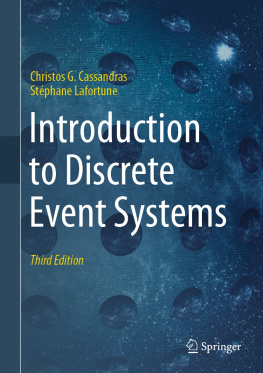
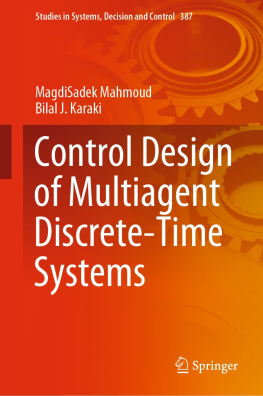
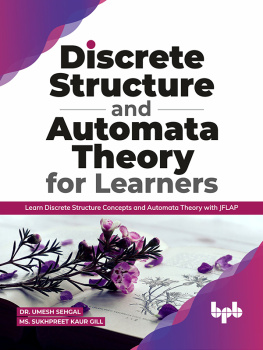
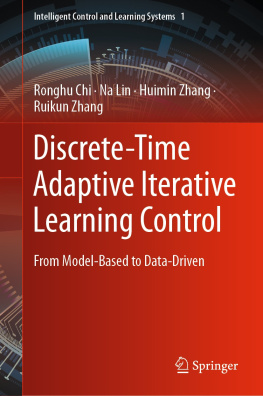

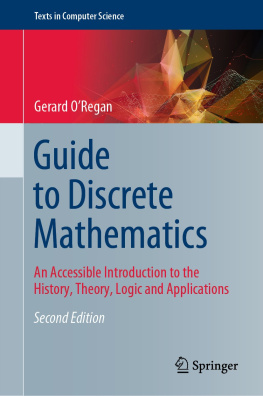
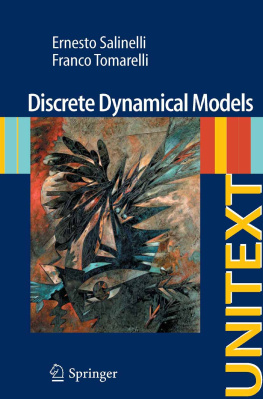

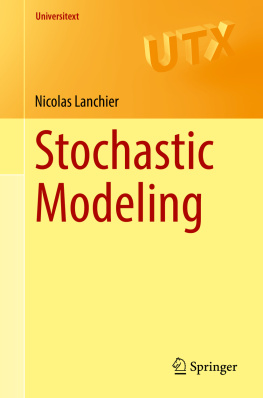
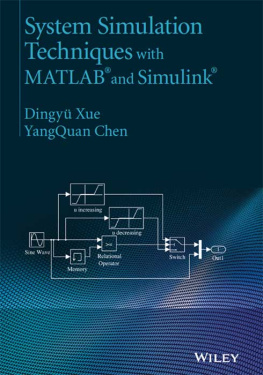


 Chapter : additional examples of discrete event systems and more discussion on modeling.
Chapter : additional examples of discrete event systems and more discussion on modeling. Chapter : new sections on opacity properties, labeled transitions systems, and formal verification and temporal logic; enhanced treatment of verification of diagnosability and codiagnosability properties, state space refinement, and strict subautomata; additional end-of-chapter problems.
Chapter : new sections on opacity properties, labeled transitions systems, and formal verification and temporal logic; enhanced treatment of verification of diagnosability and codiagnosability properties, state space refinement, and strict subautomata; additional end-of-chapter problems. Chapter : new sections on state-based and liveness specifications, marking in specifications, maximal controllable and observable sublanguages, and marking supervisors; expanded treatment of control under partial observation, including state partition automata, supremal normal and controllable sublanguage, infimal observable and controllable superlanguage, and safe supervisors; more detailed treatment of verification of coobservability in decentralized control and safe decentralized supervision; additional end-of-chapter problems.
Chapter : new sections on state-based and liveness specifications, marking in specifications, maximal controllable and observable sublanguages, and marking supervisors; expanded treatment of control under partial observation, including state partition automata, supremal normal and controllable sublanguage, infimal observable and controllable superlanguage, and safe supervisors; more detailed treatment of verification of coobservability in decentralized control and safe decentralized supervision; additional end-of-chapter problems. Chapter : new section on event diagnosis.
Chapter : new section on event diagnosis. Chapter : updated section on discrete event simulation languages.
Chapter : updated section on discrete event simulation languages. Chapter : updated sections on extensions of IPA and on concurrent estimation.
Chapter : updated sections on extensions of IPA and on concurrent estimation. Several parts of Chap. 2 have been reorganized and additional material added on equivalence of automata and analysis (specifically, diagnosis) of discrete event systems.
Several parts of Chap. 2 have been reorganized and additional material added on equivalence of automata and analysis (specifically, diagnosis) of discrete event systems.